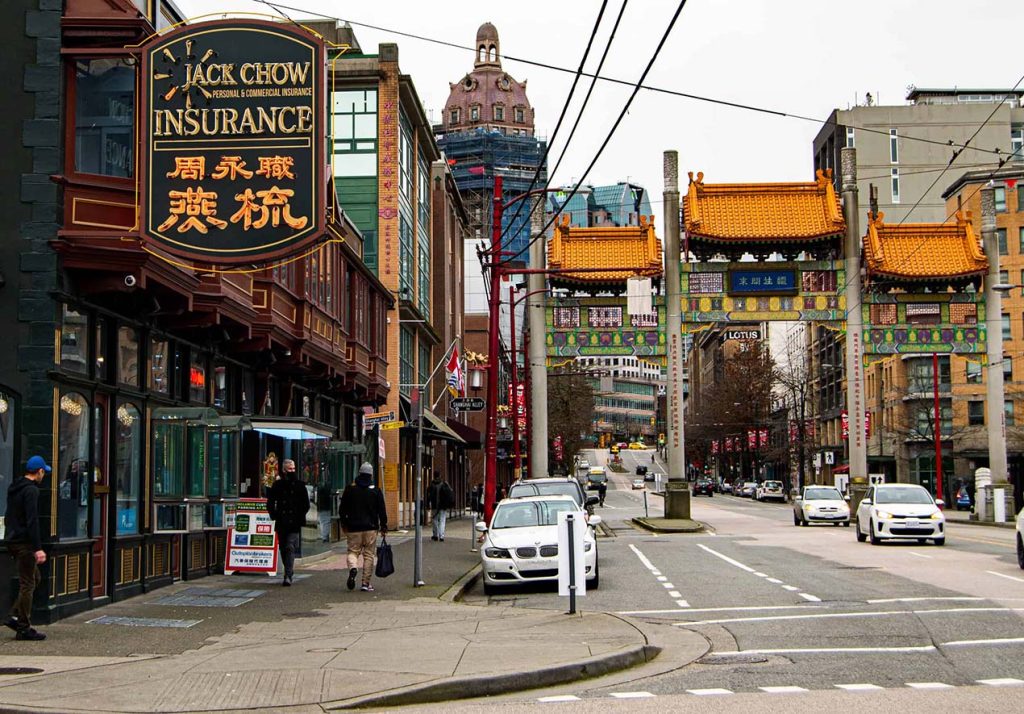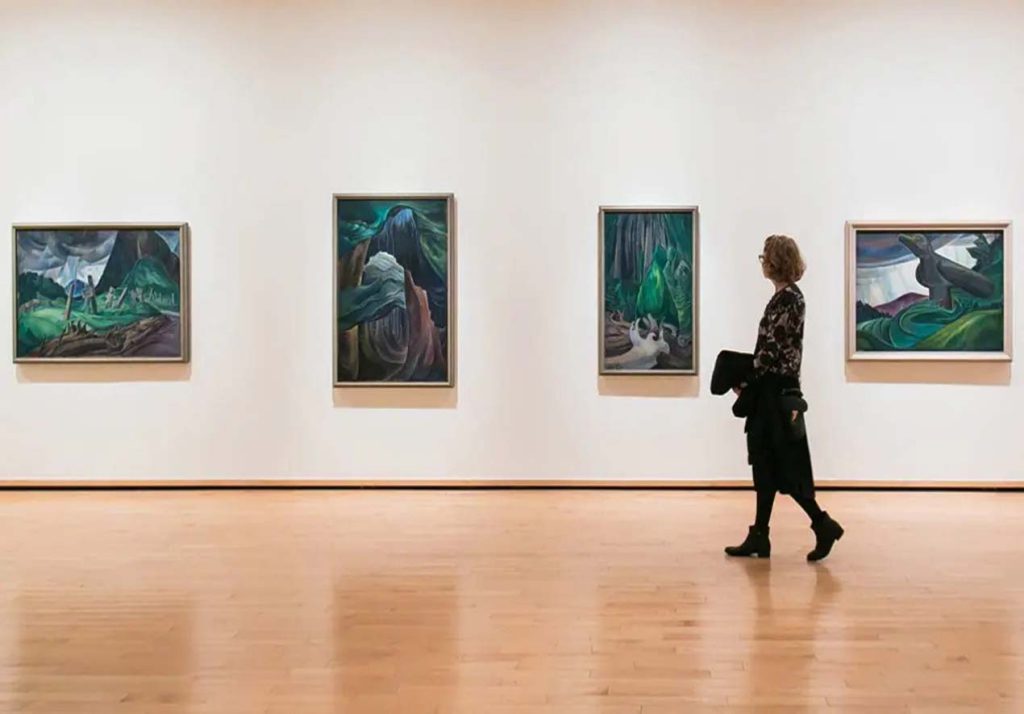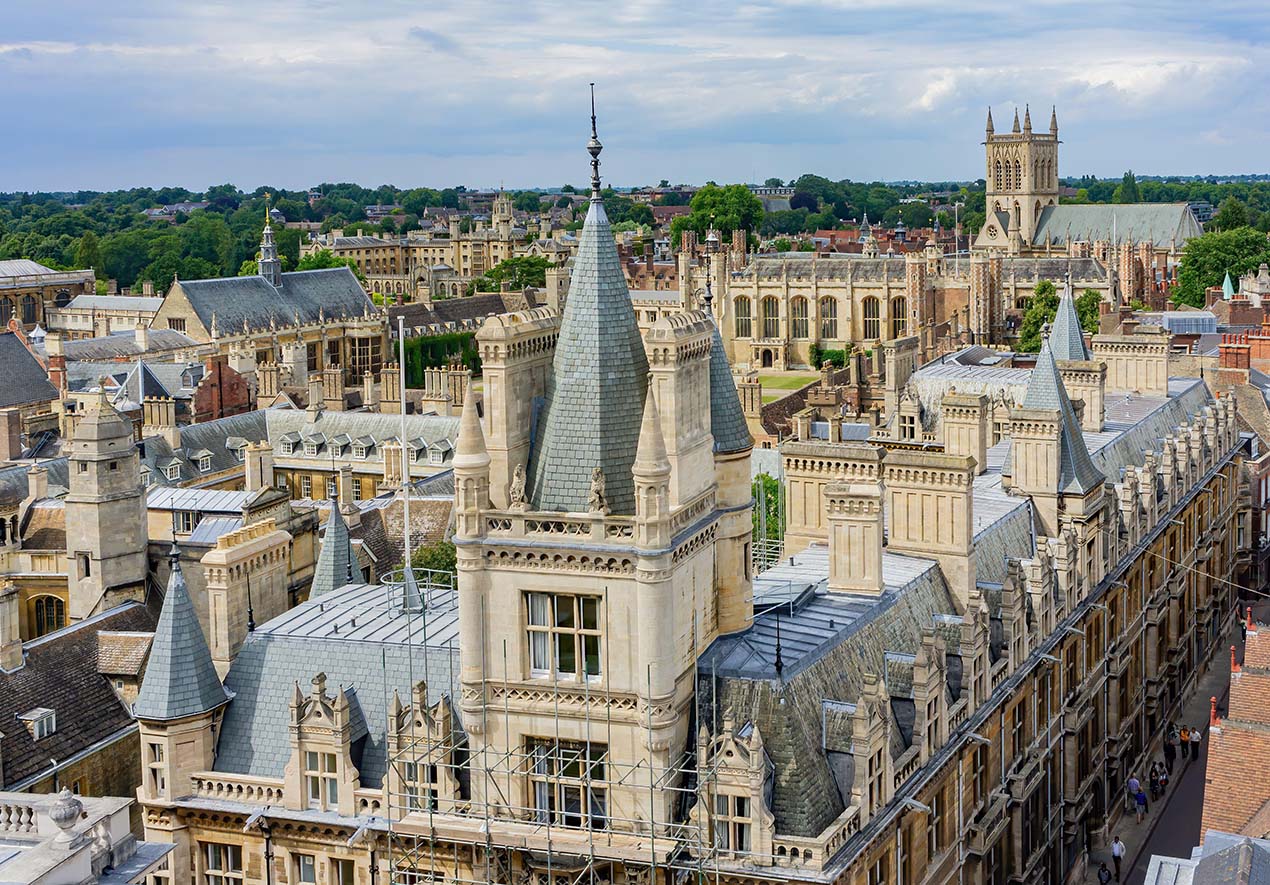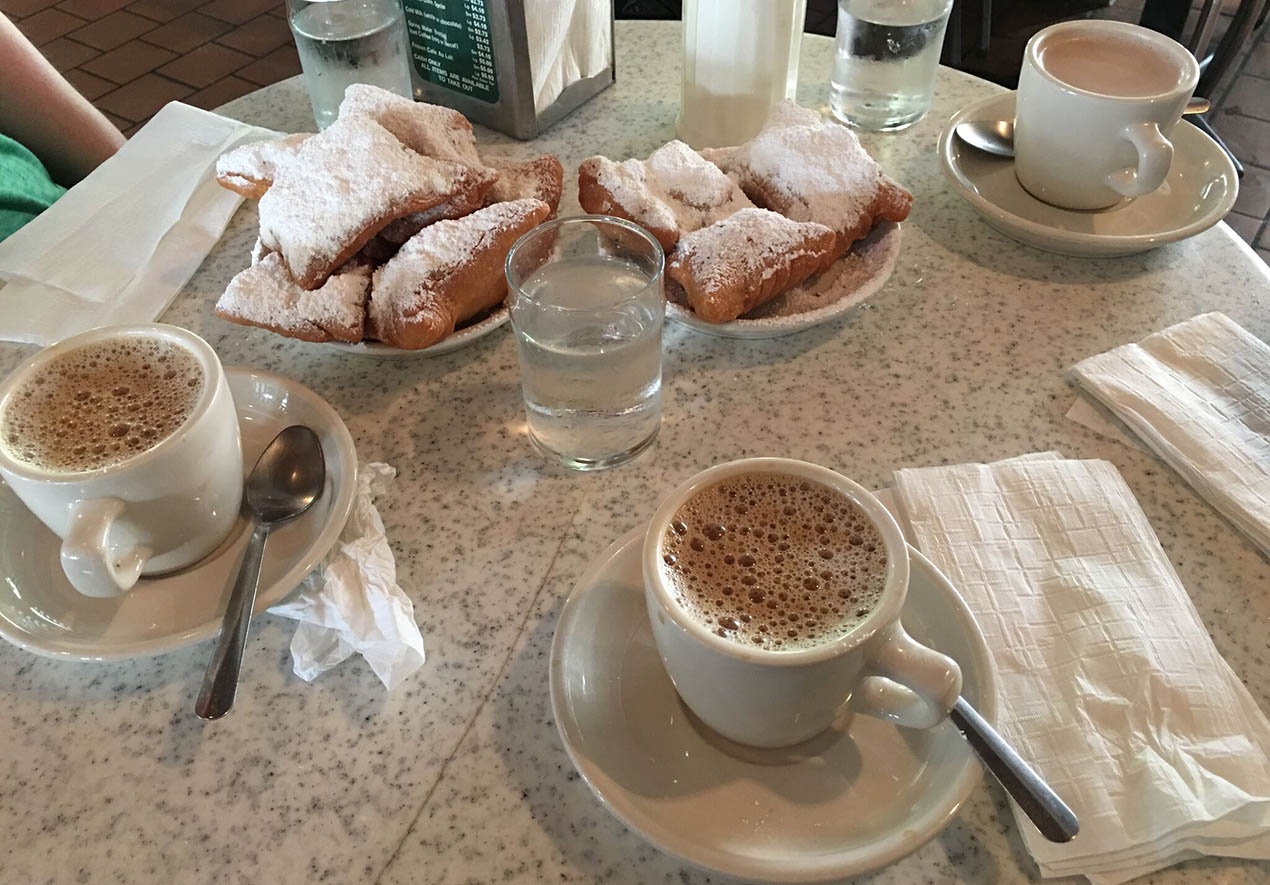Vancouver, a city nestled between the Pacific Ocean and the towering peaks of the Coast Mountains, is a destination that promises breathtaking landscapes, vibrant culture, and endless opportunities for adventure. As I set out to plan my trip to this stunning Canadian city, I was both excited and a bit overwhelmed by the sheer number of things to see and do. Vancouver is a city that offers something for everyone, whether you’re a nature lover, a foodie, or a culture enthusiast. After spending an unforgettable time in Vancouver, I want to share some tips and practical advice on how to plan the perfect trip to this amazing city.
1. Timing Your Visit: When to Go
Choosing the right time to visit Vancouver can make a significant difference in your experience. The city’s climate is mild and temperate, but it does experience distinct seasons, each offering its own unique charm.
Spring (March to May): Spring is a wonderful time to visit Vancouver, with blooming cherry blossoms and mild temperatures. The city’s gardens and parks come alive with color, making it a perfect season for outdoor activities. It’s also less crowded than the summer months, so you can enjoy the attractions without the crowds.
Summer (June to August): Summer is the peak tourist season in Vancouver, and for good reason. The weather is warm and sunny, perfect for exploring the city’s many outdoor attractions. From hiking in the mountains to lounging on the beaches, there’s no shortage of things to do. However, be prepared for larger crowds and higher prices during this time.
Fall (September to November): Fall is another excellent time to visit, with cooler temperatures and fewer tourists. The city’s parks and forests are ablaze with autumn colors, creating a picturesque backdrop for your explorations. It’s also a great time to experience Vancouver’s vibrant cultural scene, with numerous festivals and events taking place.
Winter (December to February): Winter in Vancouver is mild compared to other Canadian cities, but it does rain quite a bit. If you’re a fan of winter sports, the nearby mountains offer fantastic skiing and snowboarding opportunities. The holiday season also brings festive events and activities, making it a cozy and magical time to visit.
2. Getting There: Travel and Transportation
Vancouver is well-connected by air, road, and sea, making it easily accessible from almost anywhere in the world. The city’s main airport, Vancouver International Airport (YVR), is just a short drive from downtown and offers numerous direct flights from major cities across North America, Asia, and Europe.
From the Airport to the City: Upon arrival, getting from the airport to the city center is straightforward. The Canada Line, part of Vancouver’s SkyTrain system, provides a quick and convenient link between the airport and downtown Vancouver. The journey takes about 25 minutes, and the trains run frequently. Taxis and ride-sharing services are also available and provide a more direct route to your accommodation.
Public Transportation: Once in the city, Vancouver’s public transportation system is efficient and easy to navigate. The SkyTrain, buses, and SeaBus (a ferry service connecting downtown Vancouver to the North Shore) make it simple to get around without a car. A Compass Card, which can be purchased at SkyTrain stations, allows you to easily pay for all forms of public transport.
Cycling: Vancouver is also a bike-friendly city with an extensive network of bike lanes and scenic cycling routes. Renting a bike is a fantastic way to explore the city at your own pace, especially in areas like Stanley Park, the Seawall, and False Creek.
3. Where to Stay: Accommodation Options
Vancouver offers a wide range of accommodation options, from luxurious hotels to cozy bed-and-breakfasts and budget-friendly hostels. The key is choosing a location that suits your itinerary and preferences.
Downtown Vancouver: If you want to be in the heart of the action, downtown Vancouver is the best place to stay. Here, you’ll find everything from high-end hotels to boutique accommodations, all within walking distance of the city’s main attractions, shopping districts, and dining hotspots. I stayed in a hotel near Robson Street, which offered easy access to shopping, dining, and Stanley Park.
Yaletown: For a more trendy and upscale experience, consider staying in Yaletown. This former industrial district has transformed into one of Vancouver’s chicest neighborhoods, with stylish hotels, gourmet restaurants, and vibrant nightlife. Yaletown’s waterfront location also offers beautiful views and easy access to the Seawall and False Creek.
West End: If you’re looking for a quieter, more residential vibe, the West End is a great option. This neighborhood is adjacent to Stanley Park and English Bay, making it ideal for those who want to be close to nature while still being within walking distance of downtown. The West End has a mix of boutique hotels, charming bed-and-breakfasts, and vacation rentals.
Gastown and Chinatown: For a more historic and eclectic experience, consider staying in Gastown or nearby Chinatown. Gastown is Vancouver’s oldest neighborhood, known for its cobblestone streets, heritage buildings, and trendy restaurants and bars. Chinatown, one of the largest in North America, offers a unique cultural experience with its vibrant markets, traditional architecture, and delicious Asian cuisine.

4. Must-See Attractions: What to Do in Vancouver
Vancouver is a city where urban sophistication meets natural beauty, and there’s no shortage of things to see and do. Here are some of the must-see attractions that should be on your itinerary:
Stanley Park: One of the most famous urban parks in the world, Stanley Park is a must-visit. I spent an entire day exploring the park’s many attractions, including the scenic Seawall, the Vancouver Aquarium, and the totem poles at Brockton Point. The park’s extensive network of trails offers stunning views of the city, mountains, and ocean, making it a perfect place for a leisurely stroll or a bike ride.
Granville Island: Granville Island is a vibrant cultural and culinary hub, located just across the False Creek from downtown Vancouver. The Public Market is the island’s centerpiece, offering a wide array of fresh produce, artisanal foods, and local crafts. I loved wandering through the market, sampling local delicacies, and picking up unique souvenirs. The island is also home to galleries, theaters, and craft studios, making it a great place to explore Vancouver’s creative side.
Capilano Suspension Bridge Park: For a bit of adventure, I headed to Capilano Suspension Bridge Park. The park’s main attraction is the suspension bridge, which stretches 450 feet across and 230 feet above the Capilano River. Walking across the swaying bridge was exhilarating, and the views of the surrounding forest were breathtaking. The park also features treetop walkways and a cliffwalk, providing even more opportunities to experience the beauty of the Pacific Northwest.
Grouse Mountain: Grouse Mountain offers a year-round outdoor playground with something for everyone. I took the Skyride gondola to the top of the mountain, where I was greeted with stunning panoramic views of Vancouver and the surrounding landscape. In the winter, the mountain is a popular destination for skiing and snowboarding. During the summer, you can hike the famous Grouse Grind, visit the resident grizzly bears at the Wildlife Refuge, or simply enjoy the view from one of the mountain’s restaurants.
Vancouver Art Gallery: For a dose of culture, the Vancouver Art Gallery is a must-visit. Located in the heart of downtown, the gallery features an impressive collection of Canadian and Indigenous art, as well as rotating exhibitions of contemporary and international works. I spent a few hours exploring the galleries and was particularly moved by the Indigenous art, which offers a deep insight into the region’s cultural heritage.
5. Dining in Vancouver: A Culinary Journey
Vancouver is a food lover’s paradise, with a dining scene that reflects the city’s diverse cultural makeup. From fresh seafood to Asian delicacies, there’s no shortage of delicious options to choose from.
Seafood: Being a coastal city, Vancouver is known for its fresh seafood. I couldn’t resist trying the local salmon, which is served in many different ways, from smoked and grilled to sushi and sashimi. One of my favorite seafood experiences was at a waterfront restaurant in Yaletown, where I enjoyed a perfectly cooked halibut paired with a glass of British Columbia wine.
Asian Cuisine: Vancouver’s large Asian population has made it a hub for authentic Asian cuisine. I had some of the best sushi I’ve ever tasted at a small restaurant in the West End, and I also explored Richmond, a suburb known for its incredible Chinese food. The dim sum at one of Richmond’s many Chinese restaurants was a highlight of my trip.
Farm-to-Table Dining: Vancouver is also at the forefront of the farm-to-table movement, with many restaurants focusing on locally sourced and sustainable ingredients. I dined at a few farm-to-table restaurants in Gastown and Kitsilano, where the dishes were not only delicious but also highlighted the rich agricultural bounty of British Columbia.
Coffee and Brunch: Vancouverites take their coffee and brunch seriously, and I quickly discovered that the city is full of fantastic cafes and brunch spots. Whether you’re in the mood for a classic eggs Benedict or something more adventurous like avocado toast with poached eggs and smoked salmon, you’ll find it in Vancouver. I loved starting my day at a cozy café in Mount Pleasant, sipping on a perfectly brewed latte and enjoying a leisurely brunch.
6. Practical Tips for a Smooth Trip
Finally, here are some practical tips to help ensure your Vancouver trip goes off without a hitch:
Weather: Vancouver’s weather can be unpredictable, so it’s a good idea to pack layers and be prepared for rain, especially in the fall and winter. Even in the summer, evenings can be cool, so bring a light jacket or sweater.
Currency: The currency in Vancouver is the Canadian dollar (CAD). While credit and debit cards are widely accepted, it’s always a good idea to have some cash on hand for small purchases or places that may not accept cards.
Tipping: Tipping is customary in Vancouver, with 15-20% being the standard for good service in restaurants, cafes, and taxis.
Safety: Vancouver is a safe city, but like any major urban area, it’s important to stay aware of your surroundings, especially at night. Stick to well-lit areas and avoid walking alone in unfamiliar neighborhoods.
Language: English is the primary language spoken in Vancouver, but you’ll also hear a variety of other languages, reflecting the city’s multicultural population. French is also an official language of Canada, and you may see bilingual signs in tourist areas.

Vancouver is a city that truly has it all—stunning natural beauty, a vibrant cultural scene, and a diverse culinary landscape. My trip to Vancouver was an unforgettable experience, filled with moments of awe, discovery, and relaxation. Whether you’re hiking through ancient forests, dining on world-class cuisine, or simply soaking in the views from a mountain peak, Vancouver offers countless opportunities to create lasting memories.
By planning your trip carefully and embracing all that this incredible city has to offer, you’re sure to have a perfect Vancouver adventure. And remember, whether you’re visiting for the first time or returning for another visit, Vancouver’s charm and beauty will always leave you wanting more.



